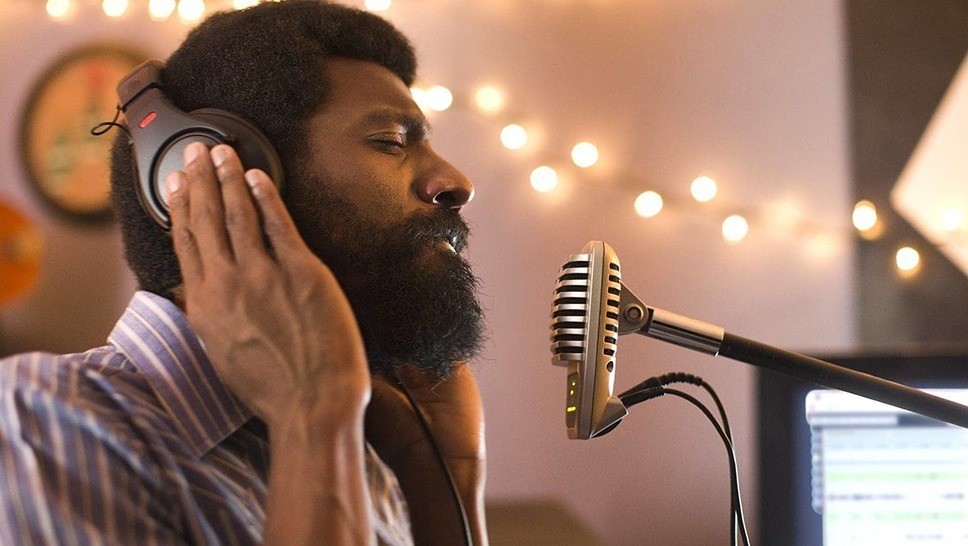

- Android studio audiocapture audio files dont work how to#
- Android studio audiocapture audio files dont work drivers#
- Android studio audiocapture audio files dont work android#
To activate the metronome, switch it on with by tapping "enable". You can select the bpm of your song by tapping the Metronome icon and selecting the bpm you need. It’s a common use to record songs by following a click track or metronome, and then use the grid to align our recordings to the song’s tempo. Input to output latency can be made very small when using compatible external USB audio devices. If you want to minimize the input to output latency, try our recommended configuration.

The lower input to output latency you can set the less problems with recording latency you'll have.
Android studio audiocapture audio files dont work drivers#
These new device drivers are more modern that OpenSLES (supported since the beginning of Android) and should allow for slightly better latency performance.
Android studio audiocapture audio files dont work android#
On Android 8.1 or later you can select the AAudio audio device drivers for audio input and output. When the device supports "pro" or "semi-pro" latency performance you may check the Enable low-latency audio option that sets the device's preferred buffer size that triggers the device's lowest possible latency. n-Track will say wether the device is capable of low latency performance in the settings box. Not all Android devices and versions of Android allow for the same latency performance. You should try to use the minimum possible buffering that doesn't generate clicks. This happens when the buffers are so small that the device can't keep up and some short bursts of silence ( dropouts) interrupt the audio. If you decrease too much the size and/or number of buffers you may notice clicking sounds during playback or live monitoring. You can adjust the size and number of audio buffers in the Settings box. The smaller the audio buffers and the lower their number the smaller will the delay be. This is caused by the fact that audio moves between the app, the operating system and the hardware audio device in chunks of data called audio buffers. When you use instrument plugins (such as the sampled instrument sounds built into n-Track such as Piano, Drums etc.) or when you monitor with headphones the audio comining into the mic, you may hear a short delay between the time when you press a key on the on-screen keyboard or drum pad and when you hear the sound. The app will emit a short burst of sound while recording the mic input, and will then try to align the original with the recorded burst. When you perform the latency calibration make sure you are in a quiet room, you disconnect any headphones and external USB audio devices or adapters, and that you turn the volume of the device all the way up. You can always repeat the latency calibration by selecting the latency calibration button in the Settings box.

The app will prompt you to calibrate the latency when you first try to record. To overcome this issue n-Track includes a latency calibration mechanism.
Android studio audiocapture audio files dont work how to#
the length of the blocks of audio data that are passed between the app and the hardware audio device) is not totally under the control of the app that is doing the recording, so the app doesn't know exactly how to align the recording relative to the existing tracks. This is needed because of the way the audio flows through the Android operating system. On Android when you overdub tracks n-Track needs to perform what is called latency compensation.


 0 kommentar(er)
0 kommentar(er)
